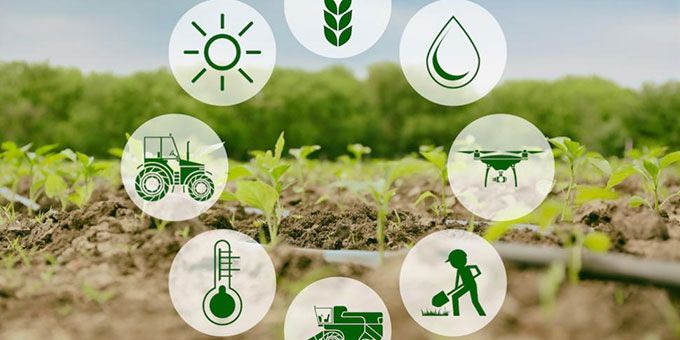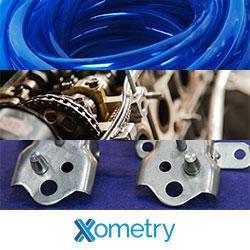The use of real-time data is beginning in agricultural sectors with high-value highly perishable crops such as fresh vegetables, berries and other fresh fruit. There is more communication between the field and the processor in those sectors
 Field Data Poised For Future Food Chain
Field Data Poised For Future Food Chain

Lynn Grooms | iteris
Reprinted with permission from iteris:
Real-time data from the field is poised to have more impact on tomorrow’s supply chain.
Farmers will be able to monitor and act on agronomic opportunities while reducing costs and lessening environmental impact, said Patrick Christie, founder and executive vice-president of Conservis Corporation of Minneapolis. With real-time data farmers also will be better able to show the health of their businesses and inventory positions to lenders. And farmers may increasingly be able to capitalize on opportunities by providing market knowledge to buyers.
More buyers will increasingly demand detailed information from farmers, such as what types of inputs were used to produce a crop and management practices involved. A farmer could potentially earn premiums for providing information on types of seed planted, and how it’s grown and harvested. And the buyer could use that type of data to create long-term relationships with a farmer. Tomorrow’s supply chain could become data-based, Christie said.
But the use of real-time data in the food-supply chain is still in its early stages, said Abe Hughes, general manager of the agriculture division of Trimble Inc., headquartered in Sunnyvale, California. The use of real-time data is beginning in agricultural sectors with high-value highly perishable crops such as fresh vegetables, berries and other fresh fruit. There is more communication between the field and the processor in those sectors, Hughes said.
With row crops such as corn and soybeans, Hughes said there may first be more use of sensors in spray tanks. Those sensors could communicate an ideal time to refill a spray tank. The operator could arrange for a nurse tank to arrive at a particular location in the field to minimize downtime. Sensors communicating to mobile phones in the field is an example of “edge computing.” Edge computing generally refers to performing analytics and knowledge generation at or near the source of data.
“While edge computing for many sensor-based agricultural datasets might imply that processing is performed on a computing system located in or near a field, it’s also important to note that data collected in a field may be much smaller than external data needed to fully capitalize on it,” said Jim Chambers, senior leader of global agricultural technology and productivity for Iteris of Santa Ana, California.
“Weather data is a good example of this,” he said. “Maintaining weather stations in each field can be expensive. But by applying science and computing to in-field and remotely sensed weather data available globally, it’s possible to assess weather conditions a field has been exposed to over time without in-field weather stations or sensors.
“Edge computing performed might occur in the cloud. We can then enable applications that rely upon mass quantities of data from in-field sensors to do their own edge computing. That’s done by providing data specific to a field – or zones within the field in a concise application programming interface-based service.”
Iteris developed the ClearAg Platform, which combines weather and agronomic data with land-surface modeling. The platform features services that are potentially useful for supply-chain management — such as development and operation of crop-growth models, or for predicting and optimizing harvest timing. Those technologies can use artificial intelligence applied to both historical and real-time data to diagnose and predict a crop life cycle — including crop characteristics, production and harvest logistics.
“We can apply weather- and soil-condition data through the ClearAg platform alongside a producer’s historical data on the timing of key events to train artificial intelligence-based models capable of predicting future timing of those events,” Chambers said. “That can be very beneficial information in supply-chain management for certain crops.”
The content & opinions in this article are the author’s and do not necessarily represent the views of AgriTechTomorrow
Comments (0)
This post does not have any comments. Be the first to leave a comment below.
Featured Product


